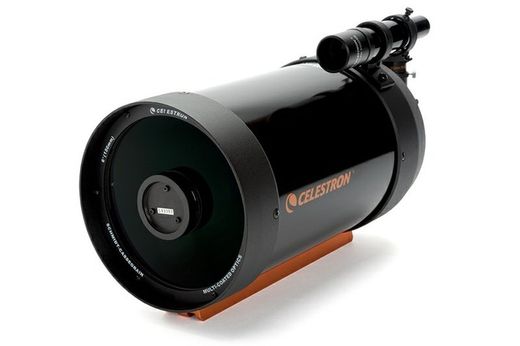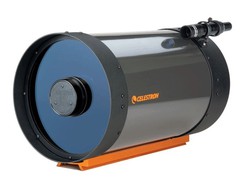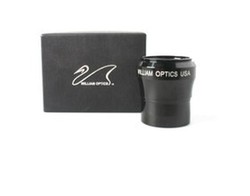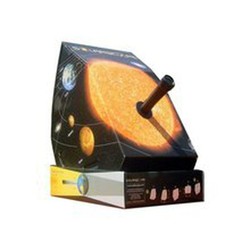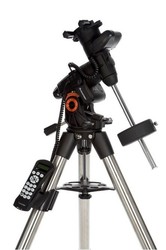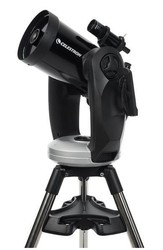Celestron C6-A AVX / CG5 Optical Tube
Brand: Celestron
Reference: CE91010
Description
Celestron provides us with a 6 "(150mm) Schmidt Cassegrain optical tube. Adaptable to Celestron AVX / CG5 mount and superior optical quality at a price affordable for the advanced hobbyist observer.
Details
- Optical design: Schmidt-Cassegrain
- Opening (mm): 150 mm (5.91 in)
- Focal length of: 1500 mm (59 in)
- Focal Ratio: 10
- Eyepiece 1 focal length (mm): 25 mm (0.98 in)
- Eyepiece magnification 1: 60 x
- finder telescope: 6x30
- Diagonal Star: 1,25
- Aluminum Optical Tube
- Fastar Compatible: No
- Maximum Useful Magnification: 354 x
- Minimum Useful Magnification: 21 x
- Stellar Limit Magnitude: 13.4
- Resolution (Rayleigh): 0.93 arcseconds
- Resolution (Dawes): 0.77 arcseconds
- Light Energy Encounter (compared to human eye): 459 x
- Apparent field of view: 0.83 °
- Linear Field of View (@ 1000 yds): 44 ft (13 m)
- Secondary Mirror Obstruction: 2.2 in (56 mm)
- Secondary Mirror obstruction by Diameter: 37%
- Secondary Mirror obstruction by Area: 14%
- Optical Coatings: StarBright XLT
- Optical tube length: 16 inches (406 mm)
- Optical Tube Weight: 10 lbs. (4.54 kg)
- Dovetail Compatibility: CG-5 Mount
Comments
Questions (1)
buongiorno , necessita di collimatura frequente? ogni quanto tempo ? e' facile l'operazione di collimatura? grazie Lorenzo
Buon pomeriggio, La collimazione di uno Scmidt-Cassegrain non è complicata. Al centro dell'obiettivo ci sono alcune viti che fanno muovere lo specchio primario. Dovremo usare un collimatore, ci sono laser o analoghi e quando spostiamo lo specchio primario riflettiamo un punto di luce che dobbiamo focalizzare sul collimatore per regolare nuovamente la messa a fuoco. La collimazione dipende fortemente dall'uso e dal modo in cui viene trattata la provetta. Generalmente, dovresti collimare ogni 5 usi circa. Non è un processo complicato perché ci sono molti tutorial e in meno di 5 minuti dovrebbe essere possibile scontrarsi facilmente. Saluti, Carlos
